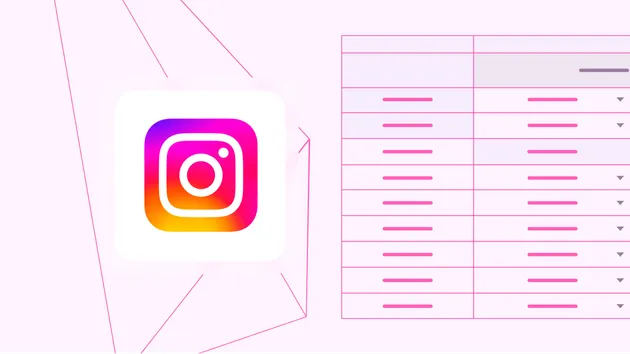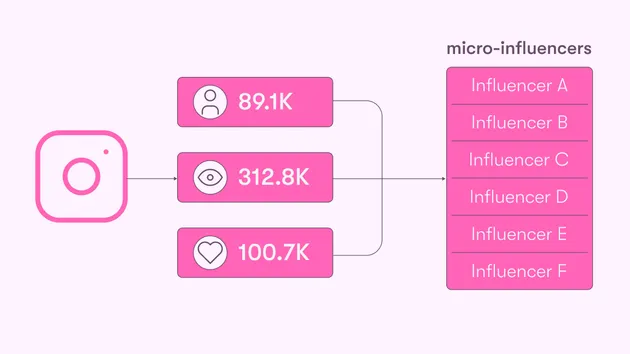Instagram Profile Scraper
Pricing
Pay per usage
Go to Apify Store

Instagram Profile Scraper
Scrape and download Instagram posts, profiles, places, hashtags, photos, and comments. Supports search queries and URL lists. Download your data as HTML table, JSON, CSV, Excel, XML, and RSS feed.
Pricing
Pay per usage
Rating
0.0
(0)
Developer

Josef Válek
Maintained by Community
Actor stats
2
Bookmarked
28
Total users
5
Monthly active users
6 months ago
Last modified
Categories
Share




